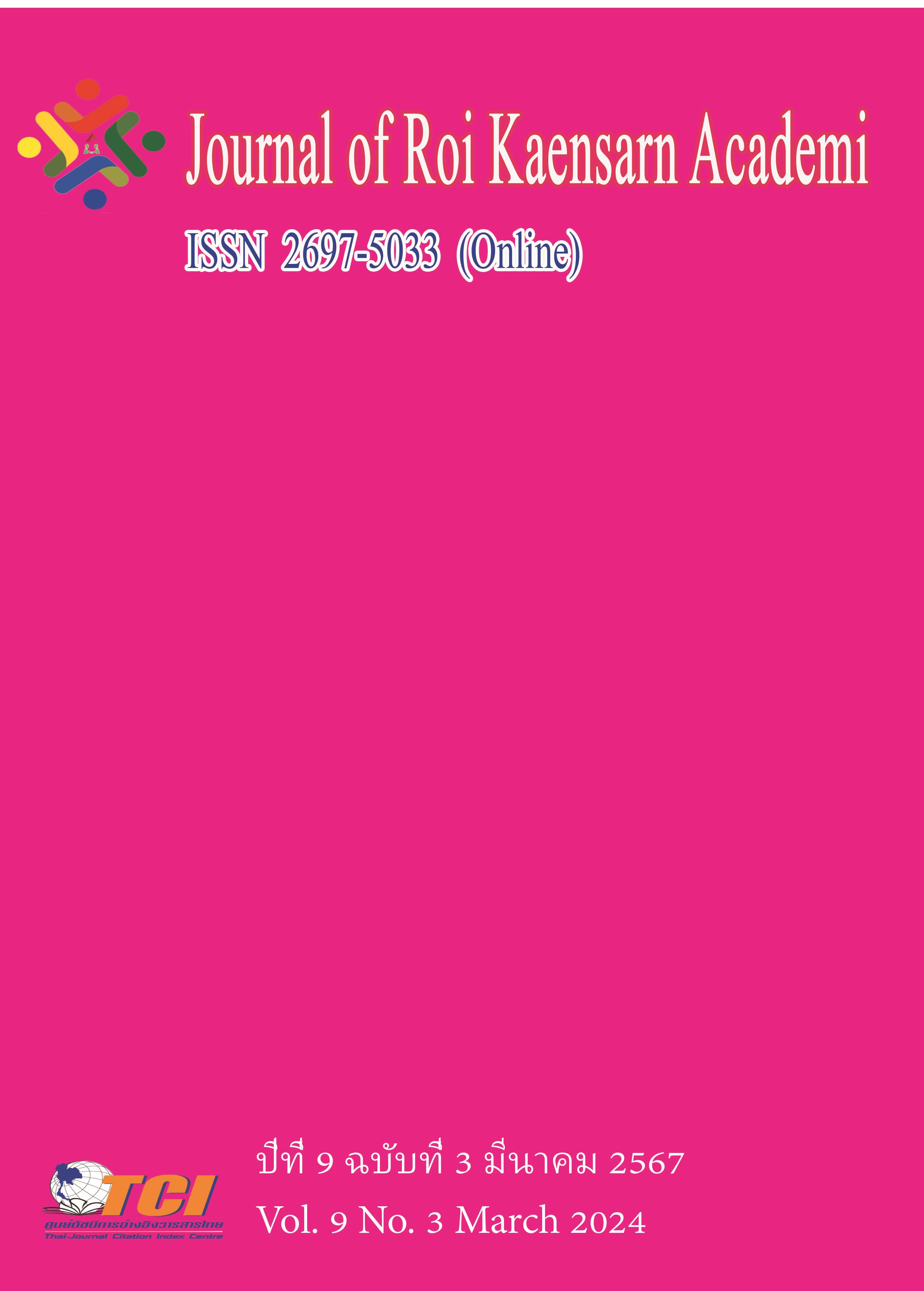The Female Leadership in Universities in Tianjin of China
Main Article Content
บทคัดย่อ
The objectives of this research were: 1) To explore the components of female leadership in University of Tianjin. 2) To Provide the guideline for the development of female leadership at University of Tianjin.
The research was a mixed methodology research. Population was total700. This study adopted a combination of quantitative and qualitative research methods. The designated population is 700 faculty members from 5 universities in Tianjin. The researcher determined sample size with Krejcie and Morgan's table, and obtained by the stratified random sampling technique, 253 participants were selected through simple random sampling. The instrument used for data collection was, a focus group discussion of 10 management personnel was formed. The data collection includes in-depth interviews form, five-point rating scale, and Focus Group Discussion form. The statistics used for data analysis were frequency, percentages, means Standard Deviations and Exploratory Factor Analysis(EFA), and content analysis was employed.
The research findings were:1)There were 5 components of female leadership in universities of Tianjin city: Step and method for female leadership development, management mode, the influencing finding were characteristic for leadership, Female leadership.Critical finding and best practice, Key growth success and best implementation methods. 2)There were 18 guidelines for the components was: Start with self-awareness, Cultivate emotional intelligence, Lead with authenticity and integrity to gain trust and respect. Foster a growth mindset to embrace change and adapt to new challenges, Align your leadership style with organizational goals and culture, foster mentorship programs for skill enhancement.
Article Details
เอกสารอ้างอิง
Alice H. Eagley and Linda L. Carli (2020) "The Status of Women in Leadership", Composition of Leadership, Issue 63, 23-28.
Allan Bird(2017),Mapping the Content Domain of Global Leadership Competencies, Global Leadership,Pages24.
Allan Bird, Michael J. Stevens(2017),Assessing Global Leadership Competencies, Global Leadership.
Ballinger and Julia (2012) "Women's Access to Higher Education and Structural All Rights Retention Barriers", Women's Leadership 50, pp. 65-68.
Brescoll, V. L. (2011). Who takes the floor and why: Gender, power, and volubility in organizations. Administrative Science Quarterly, 56 (4), 622-641
Bruckmüller, S., & Ryan, M. K. (2015). The glass cliff: A self-fulfilling prophecy? Journal of Applied Social Psychology, 45 (6), 314-322.
Bruckmüller, S., Ryan, M. K., Rink, F., & Haslam, S. A. (2014). Beyond the glass ceiling: The glass cliff and its lessons for organizational policy. Social Issues and Policy Review, 8 (1), 202-232.
Chadda L. Daft (2005) Cornerstone of Leader Development: Psychological Conceptual Framework, Journal of Leadership and Organizational Development 0143-7739.
Chen Gili and Jiang Yanfei (2018), on the institutional improvement of women's public negotiation ability: from the perspective of female Leadership, Leadership Science Forum, 17 (2018), 13-21, 9 pages.
Chen Xuya and Zhang Lihua (2010), "The Dilemmas and .Countermeasures of Female Leadership Development", Leadership Science, Vol. 23 , pp. 44-46.
Derks, B., Van Laar, C., & Ellemers, N. (2016). The queen bee phenomenon: Why female leaders distance themselves from junior female. The Leadership Quarterly, 27 (3), 456-469.
Derks, B., Van Laar, C., & Ellemers, N. (2016). The queen bee phenomenon: Why female leaders distance themselves from junior female. The Leadership Quarterly, 27 (3), 456-469.

